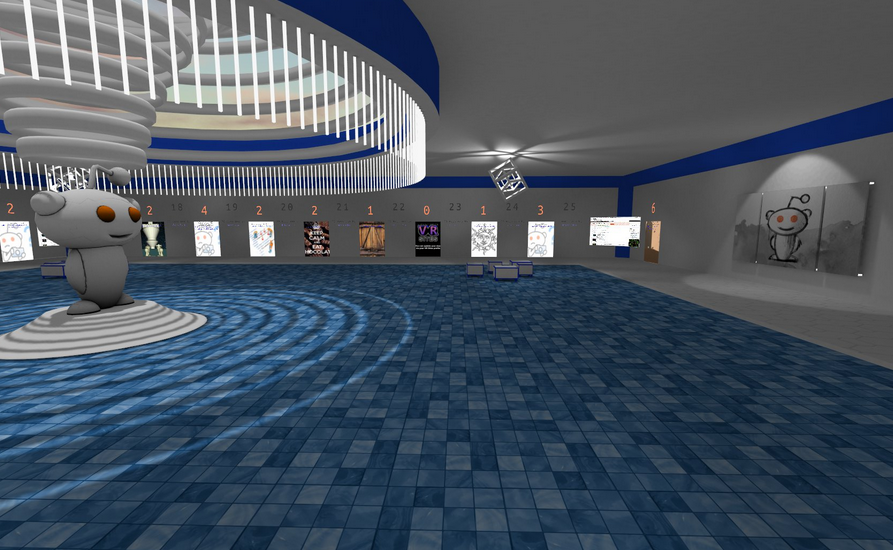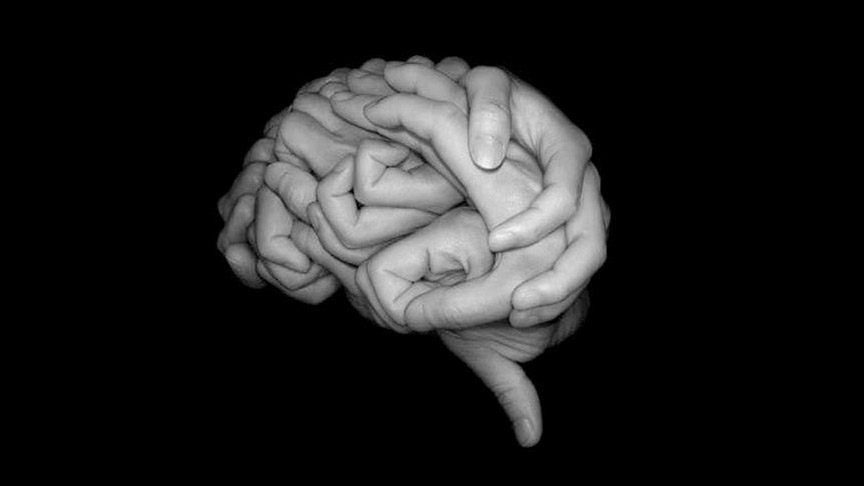The prospect of existing within the Internet is a concept straight from science fiction, but one we’ve been helping to build for some time. Simply gazing upon the Internet is starting to look a bit ‘90s – but how do you go about constructing a digital universe where 2D and 3D content can coexist in a way that is both seamless and satisfying?
Meet JanusVR, a team of two VR veterans looking to reshape the way you connect to the world and its infinite digital content. Inspired in part by Snow Crash’s Metaverse, James McCrae and Karan Singh sought to build a network of VR portals within which users can collaborate, communicate, explore, and even create new 3D content.


